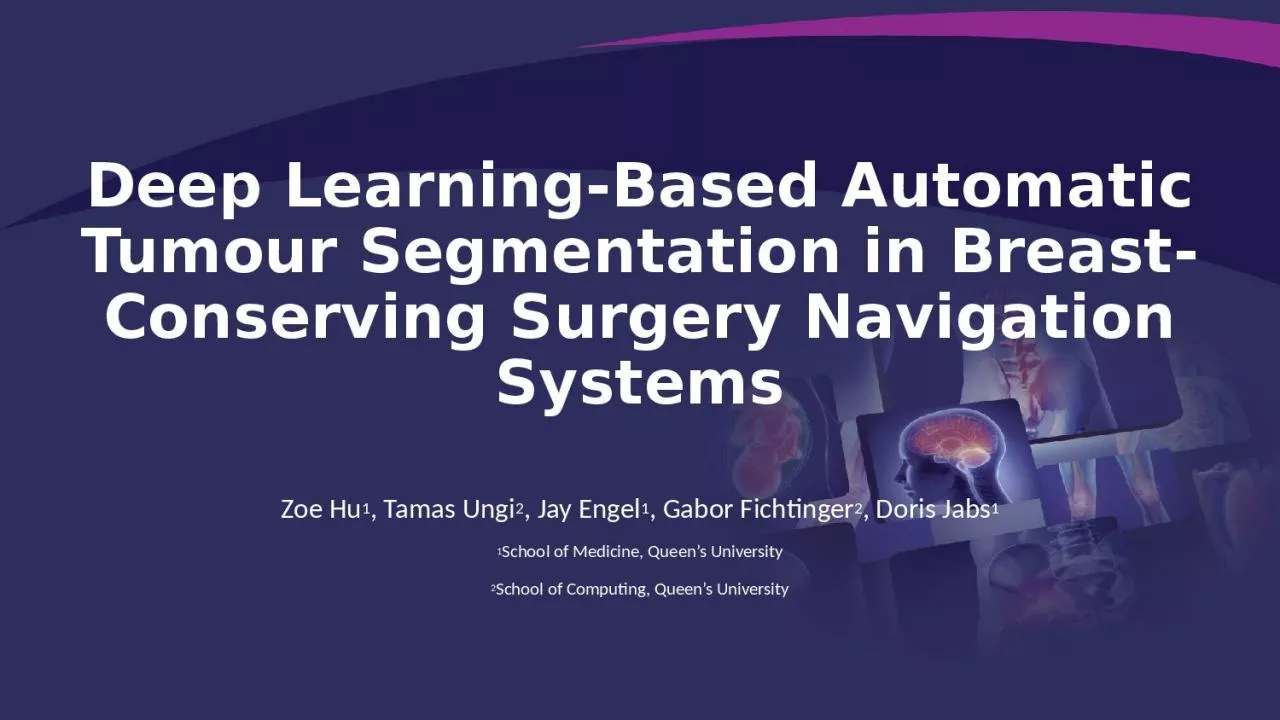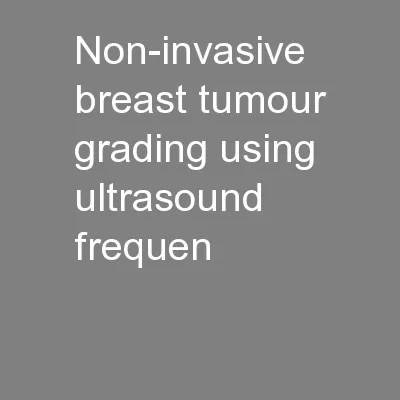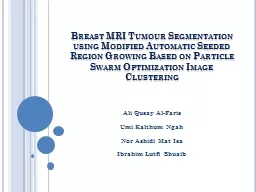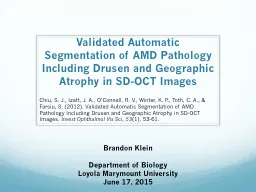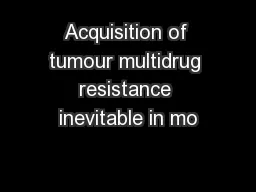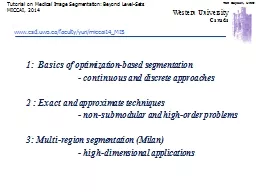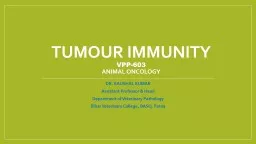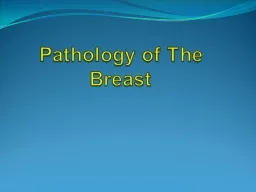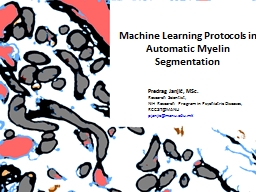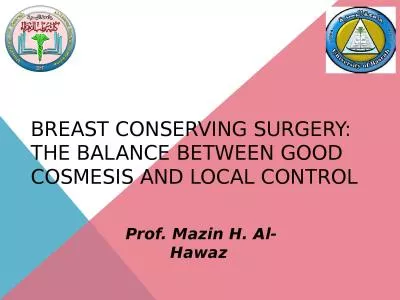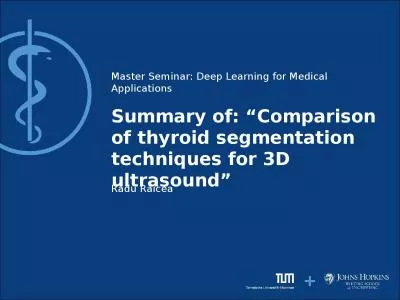PPT-Deep Learning-Based Automatic Tumour Segmentation in Breast-Conserving Surgery Navigation
Author : skylar | Published Date : 2024-01-20
Zoe Hu 1 Tamas Ungi 2 Jay Engel 1 Gabor Fichtinger 2 Doris Jabs 1 1 School of Medicine Queens University 2 School of Computing Queens University No conflicts
Presentation Embed Code
Download Presentation
Download Presentation The PPT/PDF document "Deep Learning-Based Automatic Tumour Seg..." is the property of its rightful owner. Permission is granted to download and print the materials on this website for personal, non-commercial use only, and to display it on your personal computer provided you do not modify the materials and that you retain all copyright notices contained in the materials. By downloading content from our website, you accept the terms of this agreement.
Deep Learning-Based Automatic Tumour Segmentation in Breast-Conserving Surgery Navigation: Transcript
Download Rules Of Document
"Deep Learning-Based Automatic Tumour Segmentation in Breast-Conserving Surgery Navigation"The content belongs to its owner. You may download and print it for personal use, without modification, and keep all copyright notices. By downloading, you agree to these terms.
Related Documents

